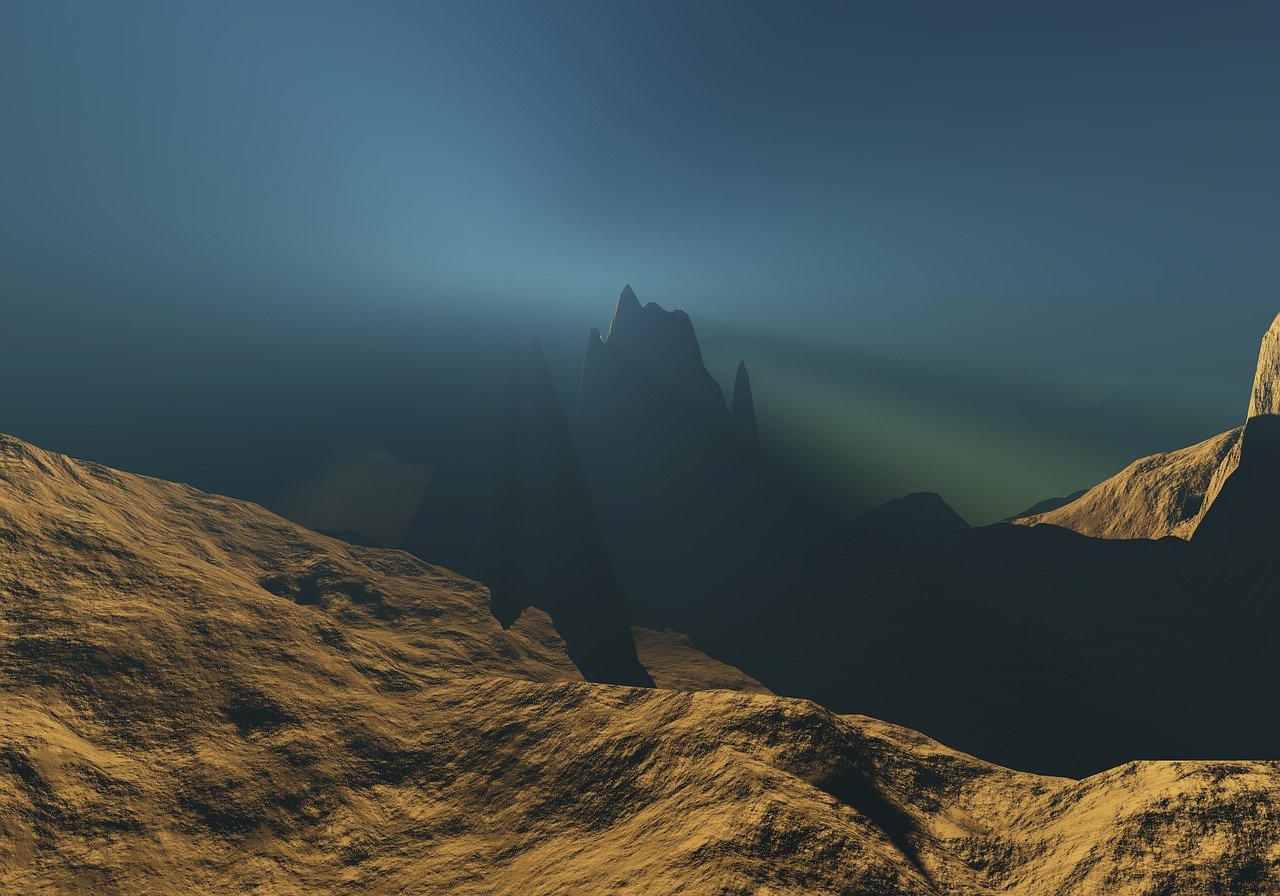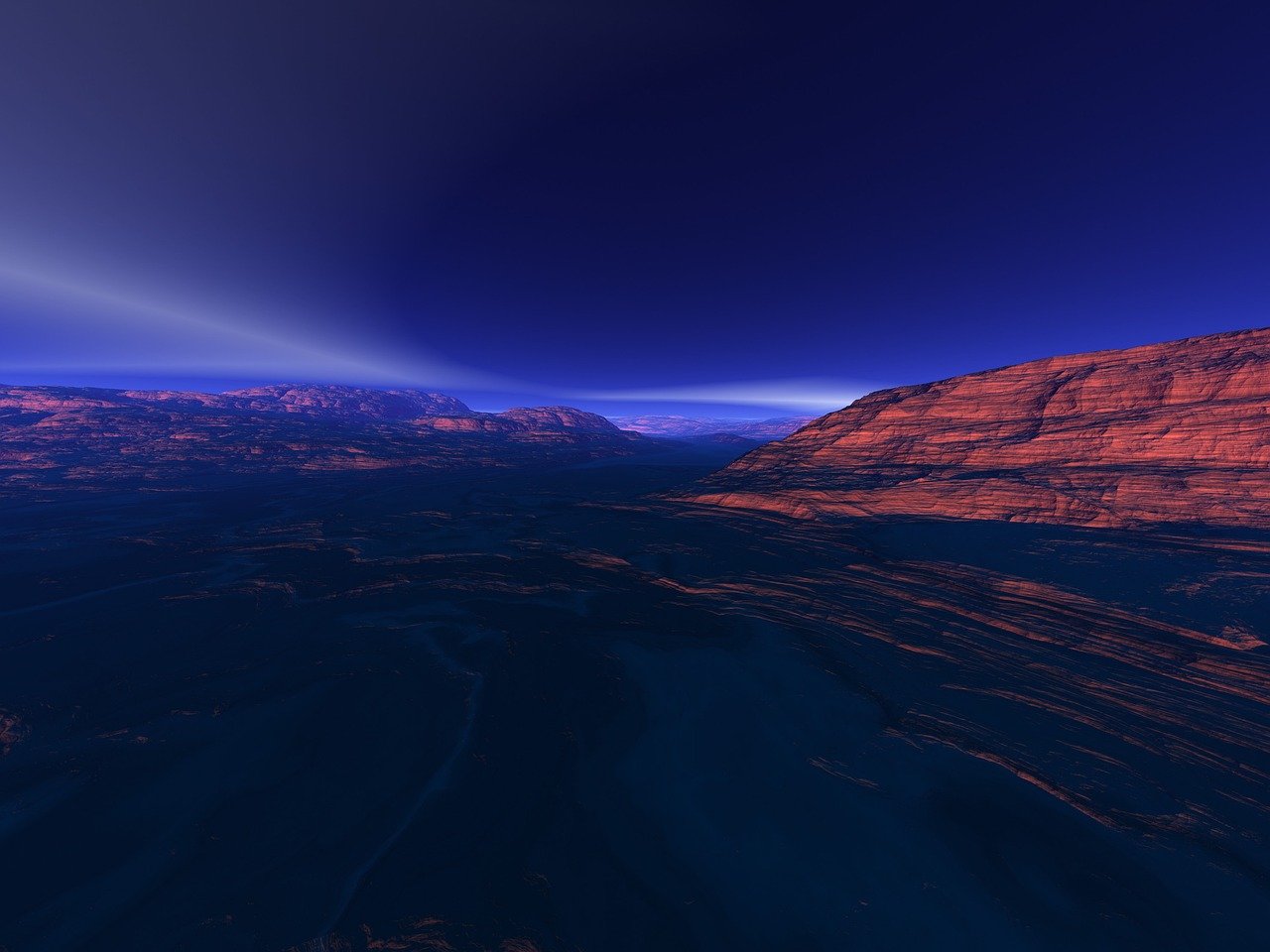Imagine you’re sitting in a calm, peaceful meadow, with the sun gently warming your skin. As you look up at the vast expanse of the sky, your mind wanders to the mysteries of the universe. How did it all begin? What secrets lie hidden in the depths of space? Well, hold onto your hat because we are about to embark on an enlightening journey into the early universe. In this article, we will explore the fascinating concept of the Cosmic Microwave Background, a cosmic echo from the birth of our universe that continues to amaze scientists to this day. Get ready to have your mind blown!
Overview
Importance of studying the early universe
Studying the early universe is of paramount importance as it allows us to unravel the mysteries of our cosmic origins. By delving into the past, we gain insights into the fundamental aspects of our existence. The study of the early universe helps us understand the Big Bang theory, the birth and evolution of galaxies, the distribution of matter, and the existence of dark matter and dark energy. Furthermore, it provides valuable clues about cosmic inflation and the formation of structures in the universe. One of the key tools in this pursuit is the Cosmic Microwave Background (CMB) radiation, which provides a window into the infancy of our universe.
Introduction to the cosmic microwave background
The cosmic microwave background is a remnant radiation from the early stages of the universe, specifically from 380,000 years after the Big Bang. Also known as the CMB, it pervades the entire sky and is observed as microwaves with a temperature of about 2.7 Kelvin (-270.45 degrees Celsius). This radiation is considered one of the strongest pieces of evidence supporting the Big Bang theory.
Discovery of the Cosmic Microwave Background
Background radiation hypothesis
The concept of a pervasive background radiation was first proposed by the physicist George Gamow in the 1940s. He theorized that if the universe originated from a hot and dense state, there should be a residual radiation that cooled down as the universe expanded. This background radiation, as suggested by Gamow, should manifest itself as microwave radiation.
Arno Penzias and Robert Wilson’s discovery
In 1964, astronomers Arno Penzias and Robert Wilson accidentally stumbled upon the cosmic microwave background radiation while conducting experiments with a large, horn-shaped antenna at Bell Labs in New Jersey. Initially, they were puzzled by a persistent hiss that interfered with their research. Eventually, they realized that this interference was the cosmic microwave background radiation. Their serendipitous discovery earned them the Nobel Prize in Physics in 1978.

Characteristics of the Cosmic Microwave Background
Temperature and isotropy
One of the remarkable characteristics of the cosmic microwave background is its uniform temperature across the sky. Variations in temperature are extremely minuscule and measure only one-part in 100,000. This remarkable isotropy, or uniformity, provides essential evidence for the cosmological principle, which states that on a large scale, the universe is homogeneous and isotropic.
Blackbody radiation
The cosmic microwave background exhibits a spectral distribution that closely resembles that of a blackbody, known as blackbody radiation. This resemblance indicates that the radiation has been significantly cooled and stretched by the expanding universe. The blackbody nature of the CMB radiation allows scientists to precisely determine its temperature and provides further evidence for the Big Bang theory.
Anisotropies and fluctuations
Despite the overall isotropy in temperature, the cosmic microwave background exhibits tiny fluctuations and anisotropies. These fluctuations are believed to be the seeds of structure formation in the universe, eventually giving rise to galaxies and other large-scale cosmic structures. Studying these anisotropies allows scientists to understand the distribution of matter, the evolution of cosmic structures, and the nature of the early universe.
Origin and Evolution of the Cosmic Microwave Background
Birth of the universe
The birth of the universe can be traced back to the Big Bang, a cataclysmic event that marked the beginning of space and time. In the moments following the Big Bang, the universe was a seething sea of energetic particles, photons, and radiation.
Recombination and decoupling
Approximately 380,000 years after the Big Bang, the universe had expanded and cooled enough for electrons and protons to combine, a process known as recombination. This event caused the universe to become transparent to radiation and allowed the cosmic microwave background to propagate freely. This epoch, known as decoupling, marked a pivotal moment in the universe’s history and is responsible for the existence of the CMB radiation we observe today.
Evolution of the radiation
As the universe continued to expand, the cosmic microwave background underwent a process called redshifting. This redshifting occurred due to the stretching of the wavelengths of the radiation as space expanded. It is this redshifted radiation that we observe as the CMB today, with a temperature of about 2.7 Kelvin.

Cosmological Significance
Confirmation of the Big Bang theory
The discovery and study of the cosmic microwave background provide strong evidence in support of the Big Bang theory. The isotropy, blackbody nature, and precise temperature measurements of the CMB radiation align closely with the predictions of a hot and expanding universe. This confirmation of the Big Bang theory revolutionized our understanding of the early universe and solidified its place as the leading model for cosmic origins.
Probing the early universe
The cosmic microwave background offers a unique opportunity to study the early universe. By analyzing the anisotropies and fluctuations in the CMB radiation, scientists can extract valuable information about the distribution of matter, the formation of cosmic structures, and the properties of primordial particles. It serves as a powerful tool for investigating the conditions that prevailed during the infancy of our universe.
Cosmic inflation
Inflationary cosmology, the theory that describes the rapid expansion of the universe in its early stages, was inspired in part by the observations of the cosmic microwave background. The exquisite isotropy and uniformity of the CMB can be explained by a period of inflationary expansion. This inflationary epoch, which occurred just moments after the Big Bang, is responsible for smoothing out irregularities and setting the stage for the formation of large-scale cosmic structures.
Structure Formation and Large-Scale Distribution
Formation of cosmic structures
The study of the cosmic microwave background has provided valuable insights into the formation of cosmic structures, such as galaxies, galaxy clusters, and superclusters. The tiny fluctuations observed in the CMB radiation correspond to regions of slightly higher and lower density in the early universe. Over time, these density variations grew under gravity’s influence, eventually giving rise to the vast cosmic structures we observe today.
Clues about dark matter and dark energy
The observations of the cosmic microwave background can also shed light on the mysterious phenomena of dark matter and dark energy. The distribution of matter imprinted in the CMB provides valuable constraints on the properties and abundances of these elusive components, allowing scientists to better understand their role in shaping the universe.
Cosmic web
The large-scale distribution of matter in the universe, often referred to as the cosmic web, can also be inferred from the observations of the cosmic microwave background. The CMB fluctuations act as a cosmic seed, guiding the formation of vast filaments and voids that make up the intricate cosmic web. By studying the patterns and structures created by these fluctuations, scientists can gain a deeper understanding of the cosmic tapestry.

Measuring the Cosmic Microwave Background
Satellite missions
Several satellite missions have been instrumental in mapping and measuring the cosmic microwave background radiation. Examples include the Cosmic Background Explorer (COBE), the Wilkinson Microwave Anisotropy Probe (WMAP), and the Planck satellite. These missions have provided highly precise measurements of the CMB, allowing scientists to scrutinize its properties and understand the early universe better.
Observatories and experiments
In addition to satellite missions, ground-based observatories and experiments play a crucial role in studying the cosmic microwave background. These observatories, equipped with sensitive detectors, analyze the microwave signals coming from different regions of the sky. By meticulously mapping the CMB’s temperature and polarization, scientists can gain deeper insights into the characteristics and origins of this radiation.
Measuring temperature and polarization
Measuring the temperature and polarization of the cosmic microwave background is key to understanding its properties. While temperature variations provide crucial information about the initial conditions and structure formation, polarization measurements can shed light on the nature of gravitational waves, spatial geometry, and the interactions between particles in the early universe. These measurements require sophisticated instruments and techniques, often pushing the boundaries of technological innovation.
Cosmic Microwave Background Anisotropy Experiments
COBE
Launched in 1989, the COBE satellite revolutionized the field of cosmology by providing the first precise measurements of the cosmic microwave background. It detected tiny temperature variations in the CMB, confirming the predictions of the Big Bang theory. COBE’s findings laid the foundation for further exploration of the CMB and opened up new avenues for cosmological research.
WMAP
The Wilkinson Microwave Anisotropy Probe (WMAP), launched in 2001, built upon the discoveries of COBE and provided even more detailed measurements of the cosmic microwave background. WMAP refined our understanding of the universe’s composition, age, and geometry. Among its significant achievements was the precise determination of the age of the universe, now estimated to be approximately 13.8 billion years.
Planck
Launched in 2009 by the European Space Agency (ESA), the Planck satellite conducted a comprehensive study of the cosmic microwave background radiation. With its highly sensitive instruments, Planck observed the temperature and polarization anisotropies in unprecedented detail. The mission significantly advanced our understanding of the early universe and cosmological parameters, such as the amount of dark matter and dark energy.
Future experiments
The quest to probe the cosmic microwave background continues, with several ambitious missions and experiments planned for the future. These include the Simons Observatory, the Legacy Survey of Space and Time (LSST), and the Cosmic Microwave Background Stage IV (CMB-S4). These next-generation projects aim to refine our measurements even further, delve into the subtle details of the CMB, and unlock new insights into the early universe.
Recent Discoveries and Current Research
Primordial gravitational waves
One of the most exciting recent discoveries is the detection of primordial gravitational waves embedded in the cosmic microwave background. These waves, caused by quantum fluctuations during the inflationary epoch, leave imprints in the CMB polarization. Detecting and characterizing these gravitational waves could provide direct evidence for cosmic inflation and offer valuable insights into the early universe.
Searching for B-mode polarization
Scientists are actively searching for a particular type of polarization pattern in the cosmic microwave background known as B-mode polarization. This pattern is caused by gravitational lensing and the presence of primordial gravitational waves. Detecting B-mode polarization would provide definitive evidence for the inflationary paradigm and open up new avenues for studying the physics of the early universe.
Multimessenger observations
In conjunction with other astronomical observations and experiments, the study of the cosmic microwave background has entered an era of multimessenger astronomy. The combination of CMB data with data from other cosmic messengers, such as neutrinos, gravitational waves, and high-energy cosmic rays, allows scientists to explore the universe with unprecedented detail and probe cosmic phenomena from multiple perspectives.
Conclusion
Importance of the cosmic microwave background research
Studying the cosmic microwave background has revolutionized our understanding of the early universe. The precise measurements and detailed analysis of the CMB radiation have provided crucial evidence supporting the Big Bang theory, confirmed cosmological models, and revealed profound insights into the fundamental aspects of our existence. By investigating the properties and evolution of the cosmic microwave background, scientists continue to push the boundaries of knowledge and unravel the mysteries of the cosmos.
Future prospects and advancements
As we peer deeper into the cosmic microwave background, we anticipate more exciting discoveries and breakthroughs in the field of cosmology. Future experiments, enhanced instruments, and advanced technologies will enable us to unlock even more profound insights into the early universe, its formation, and the nature of fundamental particles. With each new revelation, we are one step closer to understanding our cosmic origins and our place in the vast expanses of space and time. The cosmic microwave background will continue to be our faithful guide, shedding light on the mysteries of the universe.